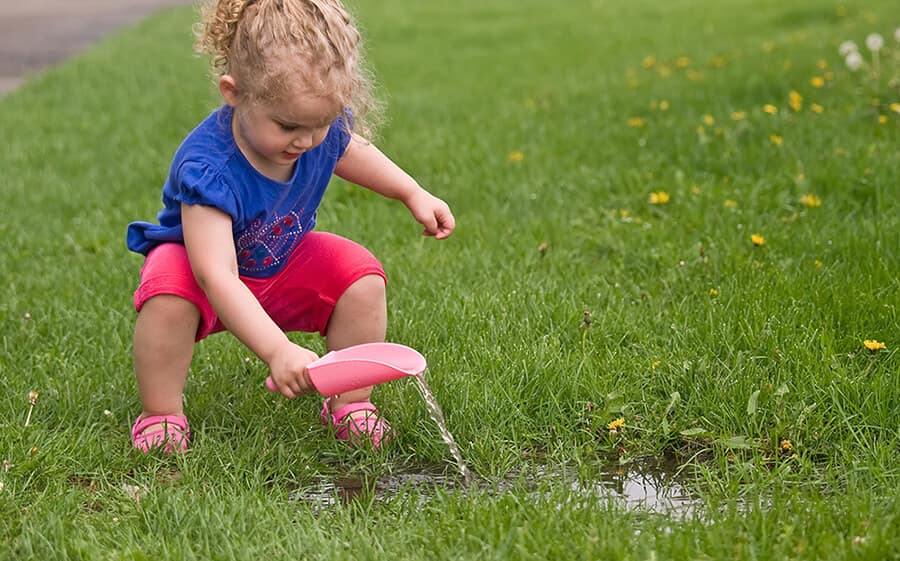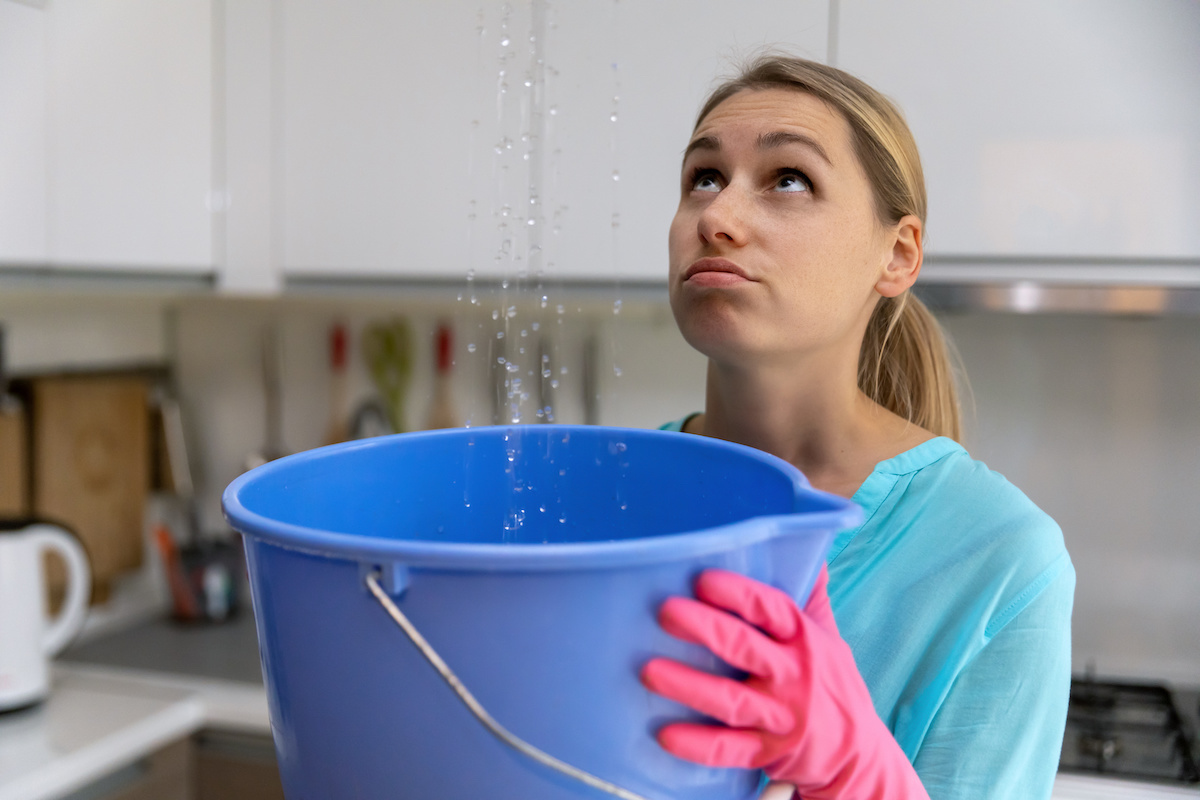Learning About The Factors Behind Water Seepage Occur So Often at Home
Learning About The Factors Behind Water Seepage Occur So Often at Home
Blog Article
The article author is making a few good points on the subject of Top Causes of Home Water Leaks in general in this great article in the next paragraphs.

Leaks not only trigger waste of water however can likewise trigger unnecessary damage to your home and promote undesirable natural development. Regrettably, water leaks may go unnoticed since most of the pipework in our residence is concealed. By looking and recognizing for daily situations that create leaks, you can protect your residence from future leaks and also unnecessary damages. Today, we will consider six leakage triggers that might be triggering your pipelines to drip.
Intruding roots
A lot of water leaks start outside the residence rather than inside it. You might see wet patches or sinkholes in your backyard, and that could indicate that tree roots are attacking water lines triggering water to permeate out.
Corroded water supply
This could be the cause of staining or bending on your water pipelines. If our plumbing system is old, consider replacing the pipes since they are at a higher risk of deterioration than the more recent versions.
Malfunctioning Pipeline Joints
The factor at which your pipelines link is frequently the weakest link in the waterline. Pipeline joints can wear away with time, causing water leaks. The bulk of pipeline joints are not quickly visible. If you have loud pipes that make ticking or banging sounds, particularly when the hot water is activated, your pipe joints are probably under a great deal of pressure. It is suggested to have your plumber check your system once a year.
Immediate temperature modifications.
Extreme temperature level adjustments in our pipes can create them to broaden and get suddenly. This development as well as tightening may trigger cracks in the pipes, specifically if the temperature are below freezing. It would certainly be best if you kept an eye on exactly how your plumbing functions. The presence of the formerly stated circumstances often shows a high threat.
Poor Water Connectors
At times, a leak can be created by loosened hose pipes and pipelines that provide your home appliances. In instance of a water connections leakage, you may observe water running straight from the supply line or puddles around your devices.
Clogged Drains
Blocked drains pipes could be aggravating and inconveniencing, however they can occasionally end up causing an overflow causing break pipelines. Maintain removing any materials that may decrease your drains pipes that might block them to stay clear of such aggravations.
All the above are causes of leakages yet not all water leakages arise from plumbing leaks; some leaks could originate from roofing leaks. All leaks need to be fixed right away to avoid water damages.
Leakages not only create waste of water however can also create unnecessary damage to your residence and advertise unwanted natural growth. By looking as well as recognizing for daily scenarios that trigger leakages, you can shield your home from future leakages as well as unnecessary damage. Today, we will look at 6 leak creates that may be triggering your pipes to leak.
At times, a leakage can be caused by loosened hoses as well as pipelines that supply your home appliances. In instance of a water connections leak, you might see water running directly from the supply line or puddles around your home appliances.
How To Check For Water Leak In Your Home
How To Check for Leaks
The average household's leaks can account for nearly 10,000 gallons of water wasted every year and ten percent of homes have leaks that waste 90 gallons or more per day. Common types of leaks found in the home are worn toilet flappers, dripping faucets, and other leaking valves. These types of leaks are often easy to fix, requiring only a few tools and hardware that can pay for themselves in water savings. Fixing easily corrected household water leaks can save homeowners about 10 percent on their water bills.
To check for leaks in your home, you first need to determine whether you're wasting water and then identify the source of the leak. Here are some tips for finding leaks:
Take a look at your water usage during a colder month, such as January or February. If a family of four exceeds 12,000 gallons per month, there are serious leaks.
Check your water meter before and after a two-hour period when no water is being used. If the meter changes at all, you probably have a leak.
Identify toilet leaks by placing a drop of food coloring in the toilet tank. If any color shows up in the bowl after 10 minutes, you have a leak. (Be sure to flush immediately after the experiment to avoid staining the tank.)
Examine faucet gaskets and pipe fittings for any water on the outside of the pipe to check for surface leaks.
Undetected water leaks can happen without the home or business owner even realizing. If you suspect a water leak, but not able to find the source. It is time to contact a professional water leak detection service, The Leak Doctor.
How To Find a Water Leak In Your Home
https://www.leakdoctor.com/blog/How-To-Check-For-Water-Leak-In-Your-Home_AE197.html

I am very curious about Most Common Causes of Leaky Pipes and I'm hoping you enjoyed my blog entry. Sharing is nice. Helping others is fun. Thanks a lot for your time spent reading it.
Immediate resolution offered. Report this page